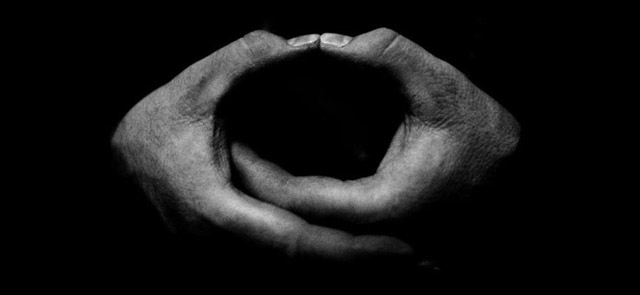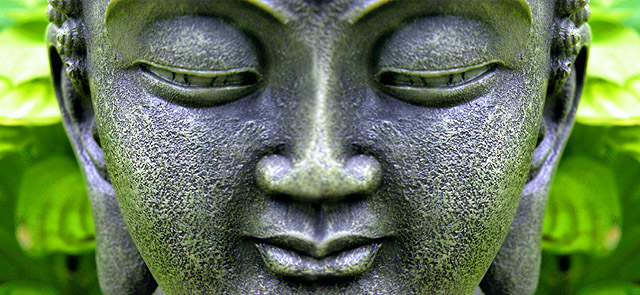What is Chan? Many have tried to answer this question and came to discuss emptiness, for finger showing the moon and other things that many people think crazy. However, this is actually Chan. You can not describe it, you can not identify it and certainly you can not teach it. Anyway Chan spread without words, without dogmas, without writings; straight from the heartmind of the Master to the heartmind of the Student .
True Dharma established “without-thinking”
“无念”可以得正法
The Sixth Patriarch, Huineng [Chin.: liù zǔ huìnéng dàshī 六祖慧能大师 | 638~713]
Although the “chan” [Chin.: chán 禪] transliterates the Sanskrit dhyāna or “meditation”, and Chan School can thus be translated as the “Meditation School”, Chan was not distinctive within Chinese Buddhism in its use of meditative techniques. What distinguished Chan were the direct and embodied realization of Awakening and the conviction that all beings have/are Buddha-nature [Chin: Fóxìng, 佛性].
As characteristically Bodhidharma taught :
Special transmission outside the scriptures; not established upon words and letters; directly pointing to the human heartmind; seeing nature and becoming a Buddha.
教外別傳; 不立文字; 直指人心;見性成佛。
Patriarch Bodhidharma [Chin.: Pútídámó 菩提達摩]]
Chan did not see dispelling ignorance of our own true nature as something to be accomplished by studying canonical texts and commentaries. On the contrary, in keeping with the Buddha’s claim that the wise “do not hang onto anything” and “do not enter into the mud of conceptual thinking” in Discourse-collection Sutra III.6 [Chin.: jīngjí 經集 | Sansk.: Sutta Nipāta], Chan came to insist that we cannot read or reason our way out of conflict, trouble and suffering.
Bodhidharma claiming that there are two points of entry to Chan: via “Inner essense” [Chin.: lǐ 理]; and via “To Do” [ Chin.: xíng 行]. Entry by Inner essense consists in realizing that all sentient beings have the same true nature; entry by To Do consists in making good on wrongs done; seeking nothing; and acting in accordance with the realization that all beings have the same true nature.
Buddhist truth is not acquired through practice, but practice through the understanding.
佛教真理不是通过实践获得的,而是通过理解并加以实践获得的。
Grand Master shi Yong Po [Chin.: shìyǒngpō 释永坡 | 1926 - ]
Chan is not philosophy or religion. It is personal experience, pure experience of our lives and of itself and focuses on the concept of human nature through the sudden achievement of Spiritual Awakening. It is an attempt to get one in direct contact not with ideas about the truth, but the truth itself, without theories and without third-party experiences. Not considered to be the only true path to spiritual awakening, but simply it is the most direct .
Most people think that in order to follow the teachings of Chan should retire to a monastery, to shave their hair, to wear robes and forget life. This is due to lack of understanding of Chan. The teachings of Chan is not only for monks or nuns living in monasteries; instead it is intended for everyone without exception.
The spiritual path is endless, it is evolutionary.
神道是无止境的,是进化的。
Master Shi Yan Zhuo [Chin.: shìyánzhuó dàshī 釋延卓大师 | 1965 - ?]







